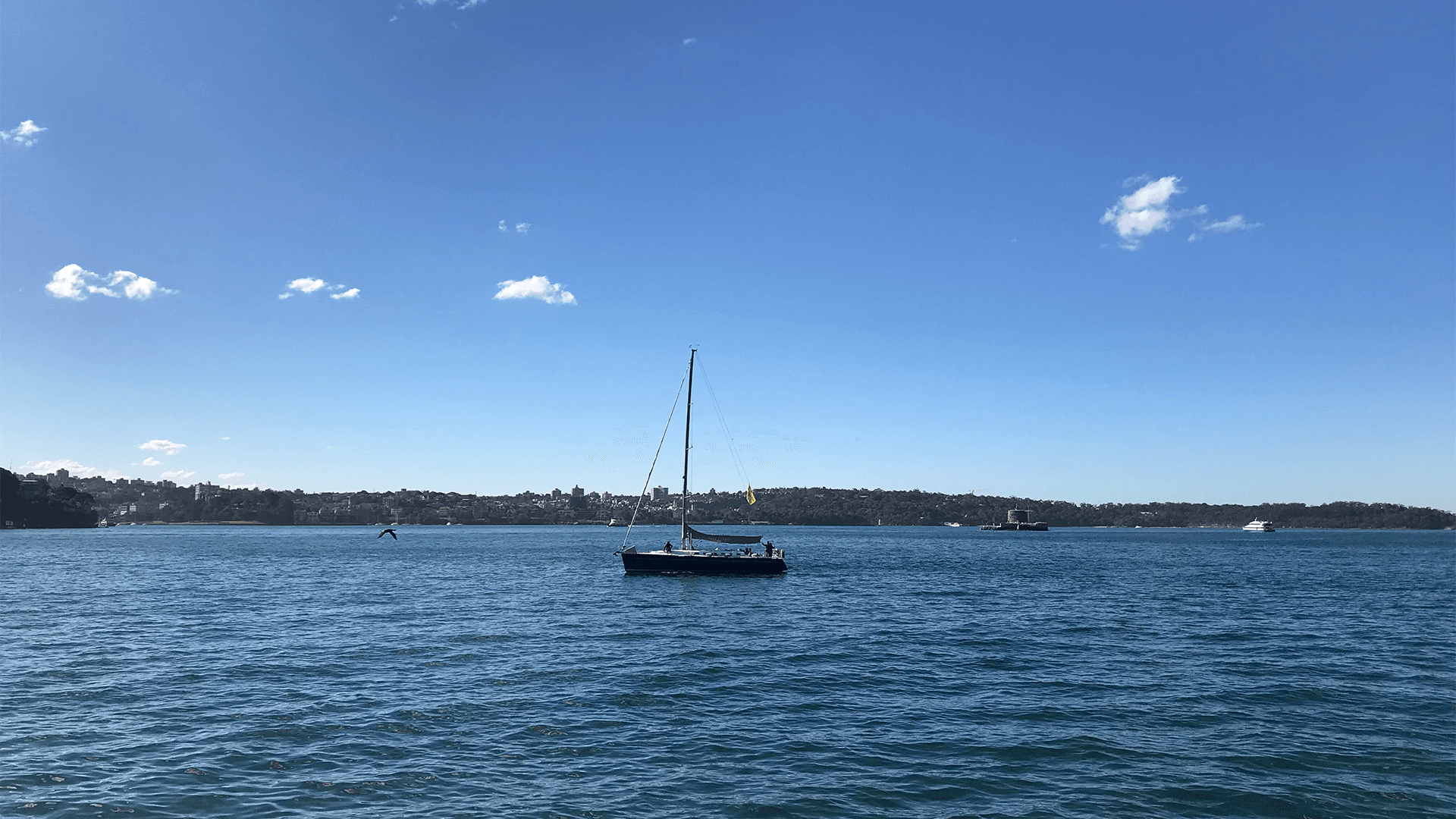




A glimpse into our Centre's daily activities, from meetings and partnerships with government institutions, organisations, industries and stakeholders; to initiatives, research collaboration and more.
Explore thought-provoking opinion essays and analytical articles from our research crew, covering a myriad of maritime and air law topics.
Access our assortment of comprehensive research reports and concise policy briefs on heated maritime and air law issues, providing in-depth analysis and recommendations.
Our annual anthology comprising selected chapters of research, analysis and commentary on maritime and air law by renowned experts, covering the past year's key issues and developments.
A compilation of curated publications by our research crew, published in external sources, showcasing their contribution to maritime and air law.
Why We Combine Maritime Law and Air Law

In old Bahasa Indonesia, the word “Saujana” (otherwise pronounced as “Sejana”) in our creed means “the far horizon”. Just like how the blueness of the sky is reflected on the surface of the sea, maritime law and air law are mirrored regimes which meet on the shared horizon. In the international legal order, the sea and the airspace share the status of global commons, thus necessitating international cooperation in their mimicked governance. Among the commonalities shared between the sea and the airspace are their twinning legal concepts, their similar operational scope, their parallel regulations, and their equal contribution to the global economies. Such is why we combined the two regimes in our Study Centre.
As the global commons, maritime law and air law similarly evoke questions regarding sovereignty, jurisdiction and territorial rights. Thus, similar principles relating to responsibility and liability are at play. Not to mention that the sea and the airspace are lacking in tangible borders, consequently pinging concerns on border-related disputes. Both the maritime and the airspace regimes bear navigation routes and grant rights of passage for vessels and aircrafts. Such circumstance exposes maritime and airspace realms to similar threats to safety and security (i.e. breach of sovereignty, transnational crimes, environmental threats and damages, etc). Both realms are regulated by their respective multilateral treaty regime (the UNCLOS and the ICAO Convention). Oftentimes, they likewise share common governance in their implementation to the national legal system. E.g., Indonesia’s designation of the Archipelagic Sea Lanes passage per the UNCLOS rules are not only applicable for foreign ships passing through the Indonesian archipelagic waters but also for foreign aircrafts flying in the airspace above them per the Government Regulation No. 37/2002. In the turning of the global economic wheel, maritime and air transports are the critical components wherein goods and commodities in international trade rely on these modes of transportation. Whilst airports and seaports serve as the critical nodes in global supply chains.

The correlation between the maritime law and air law is built upon the bedrock of shared challenges, similarities, and interdependencies. In the light of that, a harmonious governance encompassing both legal orders may offer significant contribution to the theoretical advancement of maritime and air law discourses. The harmony may be achieved through shared best practices, wherein expertise and experiences may be leveraged from one domain to the other for collective improvements; aligned rules and standardisations to facilitate seamless interactions between the two orders, particularly on issues relating to transportation; collectively recognised need to enhance the common safety and security protocols to mitigate the risks; and international cooperations fostered through friendly, supportive and fair relations, particularly in shared areas or overlapped jurisdictions.

